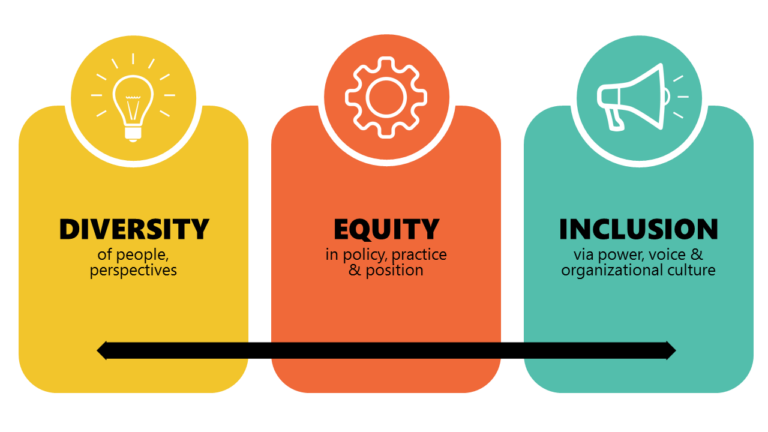
CURRICULUM BLOG POSTS

Reflective analysis and understanding of Inclusion..
Inclusion means every student in a classroom feels that they are valued, respected, and included regardless of their background or identity. Supporting the academic and social-emotional needs of students with disabilities, neurodiverse learners, and students suffering from trauma within mainstream classroom involves recognizing the diverse needs of the students and implementing inclusive practices. Universal Design…
Inclusion – The Utmost Priority in Educational Settings
According to my perspective, Inclusive education aims to provide equal opportunities for all students irrespective of their disabilities and cultural background. Firstly, I believe that to support the academic and social-emotional needs of learners with disabilities, educators can incorporate Universal Design for Learning principles where students have equal access to instructional materials, different learning methods…
Inclusive Education
By using a range of strategies, educators can help the academic and social-emotional needs of children with disabilities, neurologically diverse learners, and trauma survivors in mainstream classrooms. Using Universal Design for Learning (UDL) principles is one way to address different learning styles and demands. UDL principles offer many ways to represent, engage, and express information…
Critical Reflections Questions inclusion
Critical Reflection Questions Inclusion In mainstream classrooms, educators should adopt a range of strategies to comprehensively support the academic and social-emotional needs of students with disabilities, neurodiverse learners, and students who have experienced trauma. First of all, promoting personalized teaching is key. Educators need to deeply understand the unique needs of each student…
Inclusion
It is critical to guarantee that students with special needs have fair access to education. Schools must allot the necessary staffing resources to adequately serve these pupils, such as teaching assistants or lower student-teacher ratios. Additionally, to meet the distinct psychological and physical requirements of pupils who are disabled, neurodiverse, or traumatized, teachers must receive…
Inclusive Education
Inclusion in the classroom refers to making sure that every student, regardless of their backgrounds, abilities, or disabilities, feels valued and accepted there. It includes opportunities for equal participation, resource accessibility, and personalized support. In inclusive classrooms, diversity is valued and each student’s unique abilities and contributions are recognized. Teachers have a critical role in…

Promoting inclusive education
Inclusive schooling practices embrace the idea that since everyone is an individual, the schools, teaching, and learning must be organized in a way that every student gets a learning experience that fits them as one size cannot fit all (Ferguson et al., 2000). Educators should try to create a classroom culture that values diversity, respects…
Critical Reflection Inclusion
Education is for all. Every child has the right for education irrespective of their abilities. In my opinion, Inclusive education means providing knowledge and opportunities to every child in the classroom equally. Inclusivity holds great promise as educators work to eliminate the opportunity gap, ensure safety, and empower individuals and groups who have been marginalized….
How to promote Inclusivity in Education
The modern classroom consists of diverse learners such as gifted students, neurodiverse learners, and students with special needs which requires educators to be more vigilant and instrumental to deal with the diverse environment by promoting inclusivity to make it sure that every child matters. The Universal Design for Learners has been introduced with the purpose…